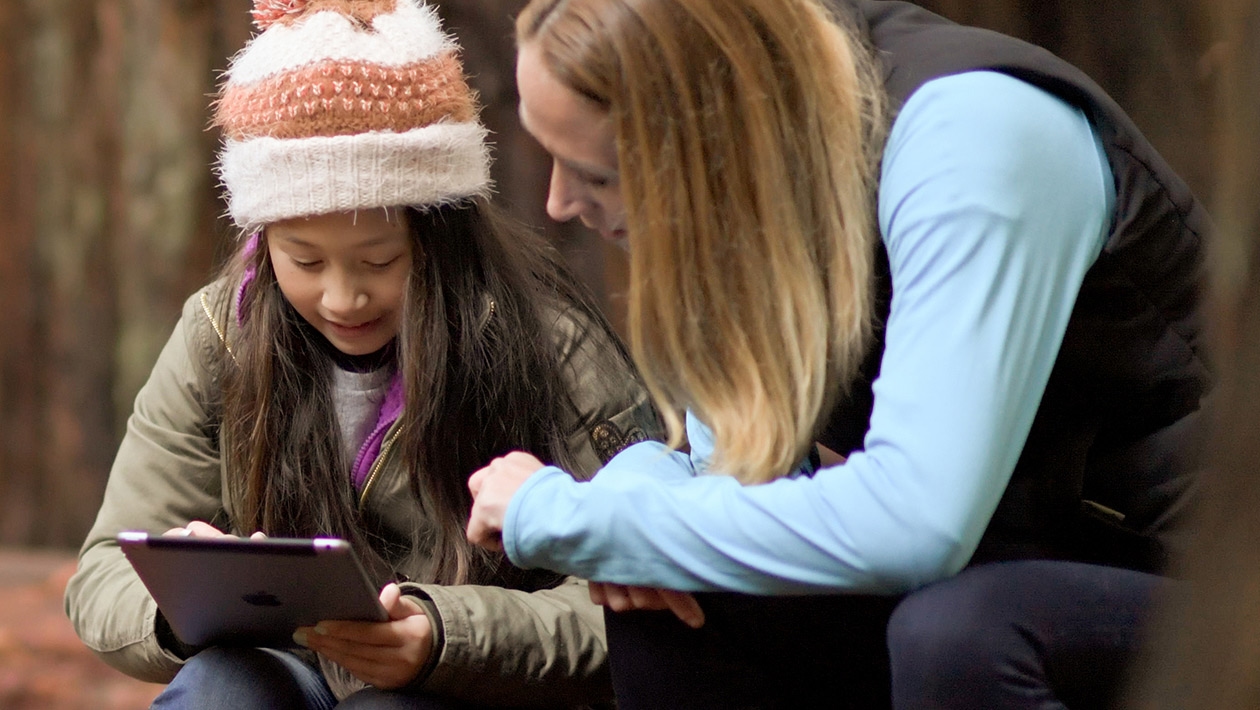As a secondary mathematics teacher in Hong Kong, I have always been passionate about finding effective ways to engage my students and help them understand challenging concepts. Mathematics can sometimes feel abstract and intimidating to young learners, especially in a competitive education environment like Hong Kong's. Over the years, I have experimented with various teaching strategies and tools, but the true turning point in my teaching journey came when I started integrating Apple technology into my classroom.
Discovering Apple Technology and Its Educational Ecosystem
My introduction to Apple technology was not just about the devices themselves, but about a whole ecosystem designed to empower both teachers and students. When I first started using iPads and MacBooks in my classes, I was intrigued by the seamless integration of hardware and software. What really impressed me was the thoughtful design of Apple's educational apps such as Keynote, Pages, Numbers, and more specialized tools like Swift Playgrounds and GarageBand.
However, the real value came from the Apple Teacher program and the supportive community of educators dedicated to leveraging technology for learning. Through professional development courses offered by Apple, I gained confidence not only in using the devices but in redesigning my teaching methodology to make learning more interactive, personalized, and collaborative.
Transforming Lesson Delivery and Student Engagement
Before integrating Apple technology, much of my classroom teaching was traditional—lectures, textbook exercises, and paper-based assessments. While this approach was familiar, it did not fully engage all students, especially those who struggled with abstract mathematical concepts. With Apple technology, I embraced a student-centered approach.
Using iPads, my students could explore mathematical models and visualize problems through dynamic apps. For example, geometry concepts came alive with interactive diagrams, allowing students to manipulate shapes and immediately see the effects of changing dimensions. This hands-on experience helped develop deeper conceptual understanding beyond rote memorization.
Apple’s Keynote enabled me to create visually appealing and animated presentations that captured students’ attention better than static slides could. Incorporating multimedia elements such as videos, annotations, and Live Titles allowed me to cater to different learning styles, ensuring everyone could follow along and actively participate.
Personalizing Learning with Technology
One of the greatest benefits of Apple tech is its ability to support personalized learning. With tools like the iPad’s Notes app combined with Apple Pencil, students could work at their own pace while I monitored their progress in real-time. I could provide immediate feedback or offer additional challenges to advanced learners.
Apple Classroom, a management app for teachers, allowed me to guide students’ device usage during lessons, keeping them focused on the learning tasks. It also facilitated formative assessments where I could quickly check understanding through quizzes and interactive exercises.
For students who required additional support, including those with learning difficulties or language barriers, the accessibility features built into Apple devices were invaluable. Features like text-to-speech, magnification, and customizable display options ensured an inclusive learning environment where every student had the opportunity to succeed.
Fostering Creativity, Collaboration, and Communication
Mathematics is often perceived as a solitary subject, but I wanted to break down that stereotype by fostering creativity and collaboration. Apple technologies provided the perfect platform for this.
I encouraged students to create their own digital projects, such as mathematical modeling presentations or video explanations of problem-solving strategies, using apps like iMovie and Keynote. This not only reinforced their understanding but also helped build communication skills—important competencies beyond mathematics.
Group activities based on collaborative apps like Pages and Numbers enabled students to work together smoothly, even when remotely or asynchronously. Using iCloud, they could co-author documents and spreadsheets in real-time, which made peer learning more dynamic and engaging.
Practical Improvements in Teaching Workflow and Assessment
Aside from enhancing student learning, Apple technology improved my teaching workflow significantly. Taking attendance, sharing materials through cloud platforms, collecting assignments via digital submission, and grading electronically saved a tremendous amount of time. It also reduced paper use, contributing to a more sustainable classroom.
Using data analytics features in apps allowed me to track individual and group performance trends, helping me identify areas where students commonly struggled. This insight guided my lesson planning and targeted interventions more effectively.
Reflections and Inspirations from the Journey
Integrating Apple technology in my maths lesson has transformed not only the way I teach but also how my students learn and perceive mathematics. It has shifted the classroom culture toward active, personalized, and collaborative learning.
The journey also reinforced my belief in continuous professional growth. Through Apple’s educator community, I found mentors and like-minded peers who inspire me to keep innovating. It motivated me to pursue certifications like Apple Teacher and Apple Distinguished Educator, which further enriched my skills.
In conclusion, Apple technology is more than just equipment; it is a catalyst for educational transformation. It empowers teachers to break away from traditional constraints and equips students with skills for the future—creativity, critical thinking, and digital literacy. As a Hong Kong mathematics teacher, I am excited to continue exploring new possibilities with Apple technology to create impactful, meaningful learning experiences.









Attach up to 5 files which will be available for other members to download.